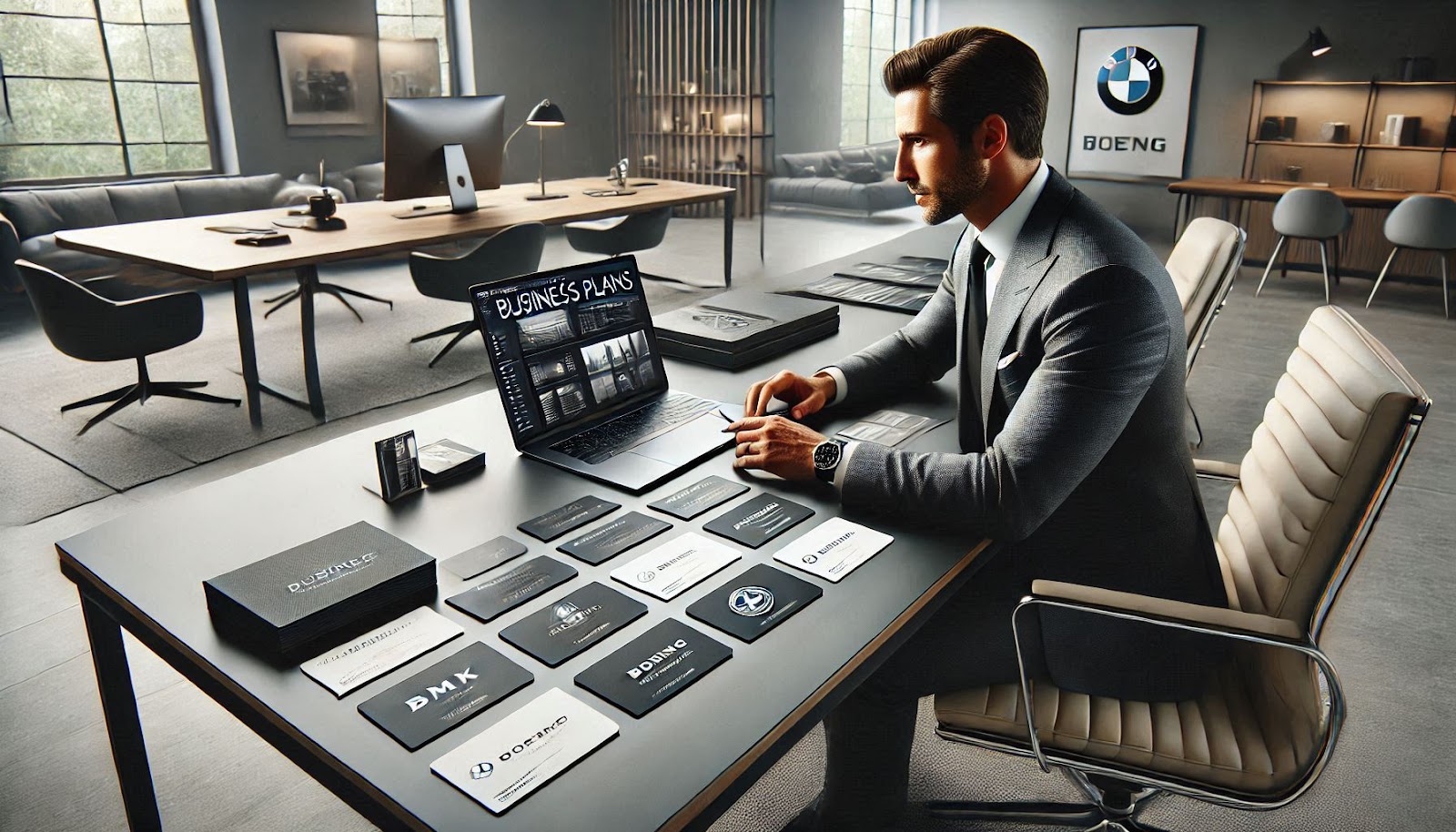The convergence of technology and traditional investments has created unprecedented opportunities in Dubai’s dynamic market. While exploring investment possibilities in the UAE’s crown jewel, many American investors are discovering that the path to success often involves a balanced approach between innovative ventures and tangible assets. The real estate market in Dubai presents particularly attractive opportunities, as noted by recent analysis from austincontrarian.com, showing significant growth potential in both residential and commercial sectors. This comprehensive guide delves into the intricacies of building a robust investment portfolio in Dubai, combining cutting-edge ventures with strategic real estate acquisitions.
The Golden Triangle: Where Innovation Meets Luxury Living
Dubai’s reputation as a global hub for both technological innovation and luxury real estate creates a unique ecosystem for investors. The city’s strategic location between East and West markets has transformed it into a melting pot of opportunities, where traditional investment vehicles seamlessly blend with innovative ventures. In 2023, Dubai witnessed a 27% increase in tech startup investments, while simultaneously experiencing a 15% appreciation in premium real estate values across prime locations.
The synergy between Dubai’s tech sector and its real estate market creates a self-reinforcing cycle of growth. As more international companies establish their regional headquarters in Dubai, the demand for both commercial and residential properties continues to rise. This phenomenon has led to the emergence of specialized tech clusters, where property values have appreciated by up to 40% in the past two years.
For American investors, this convergence presents a unique opportunity to diversify their portfolios while maintaining exposure to familiar tech-driven growth sectors. The Dubai government’s commitment to fostering innovation, evidenced by its $1.7 billion Innovation Fund, further strengthens the investment case for this market.
The integration of smart home technology in Dubai’s luxury real estate sector has created additional value propositions for tech-savvy investors. Properties equipped with advanced automation systems command premium prices and higher rental yields, typically ranging from 8-12% annually compared to the market average of 6-7%.
Navigating Dubai’s Silicon Oasis: The Tech Investment Landscape
Dubai’s commitment to becoming a global tech hub has resulted in the creation of specialized zones designed to nurture innovation and entrepreneurship. The Dubai Silicon Oasis (DSO) stands as a testament to this vision, offering a comprehensive ecosystem for tech-focused investments.
Investment opportunities in DSO range from direct startup funding to real estate acquisitions in this rapidly developing district. The average return on investment for commercial properties in DSO reached 12% in 2023, outperforming many traditional investment areas. The zone’s strategic focus on artificial intelligence, blockchain, and clean tech has attracted over 1,500 specialized companies, creating a robust demand for both office spaces and residential units.
The government’s recent announcement of $5 billion in tech infrastructure investments has further catalyzed growth in this sector. American investors participating in early-stage funding rounds have seen average returns of 25-35% on successful exits, particularly in fintech and e-commerce ventures.
The integration of technology parks with residential developments has created unique investment opportunities. Properties located within these integrated communities typically command a 20-30% premium over similar properties in other areas, reflecting the growing demand from tech professionals and entrepreneurs.
Beyond the Glass Towers: Understanding Dubai’s Property Market Dynamics
The Dubai real estate market offers a diverse range of investment opportunities, from ultra-luxury villas to smart city developments. Understanding the market’s unique characteristics is crucial for American investors looking to optimize their returns while managing risks effectively.
Recent data shows that premium properties in areas like Palm Jumeirah and Emirates Hills have consistently outperformed other segments, with average appreciation rates of 12-15% annually. However, emerging areas connected to tech and innovation hubs have shown even more impressive growth trajectories, with some locations recording value increases of up to 25% in a single year.
The rental market presents another compelling opportunity, particularly in areas popular with tech professionals and entrepreneurs. Properties in proximity to innovation zones typically generate rental yields of 8-10%, significantly higher than the global average for comparable markets. The influx of international talent, particularly in the technology sector, has created sustained demand for high-quality residential properties.
Investment in commercial real estate within tech-focused areas has also proven lucrative. Office spaces in Dubai Internet City and Dubai Silicon Oasis have shown remarkable resilience, maintaining occupancy rates above 90% even during global economic uncertainties.
The Art of Strategic Portfolio Allocation in Dubai’s Market
Success in Dubai’s investment landscape requires a carefully balanced approach that combines exposure to both innovative ventures and traditional real estate assets. The optimal portfolio allocation typically depends on individual risk tolerance and investment objectives, but recent market data suggests some effective strategies.
A balanced portfolio might allocate 40-50% to premium residential properties in established areas, 30-35% to commercial real estate in tech-focused zones, and 15-20% to direct investments in innovative ventures. This distribution has historically provided both stable rental income and potential for capital appreciation.
The importance of location cannot be overstated, with properties near innovation hubs showing consistently stronger performance. Data from recent market analyses indicates that properties within a 5-kilometer radius of major tech clusters have appreciated 30-40% faster than the market average.
Risk management strategies should include diversification across different property types and locations. Successful investors often maintain a mix of residential and commercial properties, combining stable long-term leases with shorter-term rental opportunities.

Leveraging Technology for Real Estate Investment Success
The integration of technology in real estate investment has revolutionized the way investors analyze opportunities and manage their portfolios in Dubai. Advanced data analytics and artificial intelligence tools have become essential for making informed investment decisions in this dynamic market.
Property technology (PropTech) platforms now offer sophisticated analysis of market trends, rental yields, and appreciation potential. These tools utilize machine learning algorithms to process vast amounts of data, providing investors with actionable insights for portfolio optimization.
The emergence of smart contracts and blockchain technology in real estate transactions has streamlined the investment process, reducing transaction times by up to 70% and providing enhanced security. This technological evolution has particularly benefited international investors managing their portfolios remotely.
Virtual reality and augmented reality technologies have transformed property viewings, allowing American investors to conduct detailed property inspections from overseas. This capability has become increasingly valuable, with virtual tours accounting for 35% of initial property screenings in 2023.
Investment Strategies for Long-term Success in Dubai
Developing a successful long-term investment strategy in Dubai requires understanding both the market’s unique characteristics and its integration with global economic trends. The city’s position as a bridge between Eastern and Western markets creates distinct advantages for strategic investors.
Successful investors typically adopt a phased approach to market entry, starting with well-established areas before exploring opportunities in emerging districts. This strategy has shown to provide average annual returns of 15-20% when combined with active portfolio management.
The importance of timing in the Dubai market cannot be overstated, with seasonal variations affecting both property values and rental rates. Data shows that property transactions completed during the fourth quarter often secure more favorable terms, with price differentials of up to 8-10%.
Building relationships with local market experts and maintaining a strong network within the business community has proven crucial for long-term success. Regular market analysis and portfolio rebalancing, typically conducted quarterly, help maintain optimal performance and risk management.
Maximizing Returns Through Innovative Investment Vehicles
The Dubai market offers various innovative investment vehicles that allow investors to optimize their returns while managing risk effectively. Understanding and utilizing these instruments can significantly enhance portfolio performance.
Real Estate Investment Trusts (REITs) focused on tech-enabled properties have emerged as popular vehicles for gaining diversified exposure to the market. These instruments have delivered average annual returns of 12-15%, with lower volatility compared to direct property ownership.
Crowdfunding platforms specializing in Dubai real estate have democratized access to premium properties, allowing investors to participate in high-value projects with minimum investments starting from $50,000. These platforms have shown impressive returns, averaging 18-22% annually on successful projects.
The integration of traditional financing with Islamic banking products has created unique opportunities for structuring investments. Innovative financing solutions, including musharaka and ijara structures, have provided investors with flexible options for leveraging their investments while complying with both conventional and Islamic financial principles.




